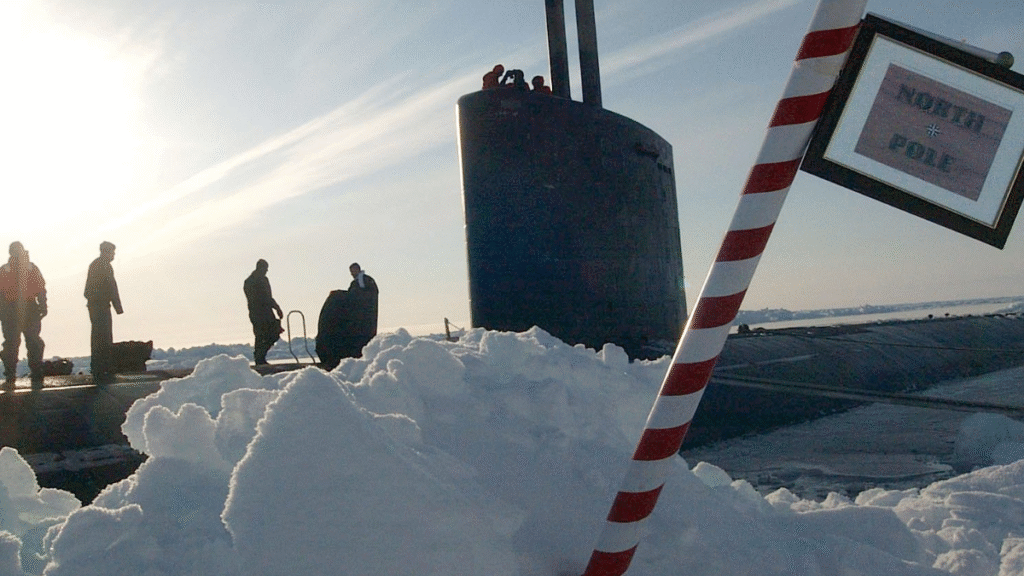Summary – A notable cultural difference between America and Europe emerges over the expectation and serving of ice in drinking water, reflecting broader environmental and traditional preferences.,
Article –
A notable cultural difference between America and Europe highlights contrasting attitudes toward serving ice in drinking water. In the United States, it is common and expected to have glasses filled with ice, reflecting a preference for very cold beverages, reinforced by widespread availability of ice machines and large refrigerators. Americans often find ice an essential part of their drinking experience, especially in restaurants and homes.
Conversely, in many European countries, it is less common to serve water with ice. Europeans usually drink water at cooler or room temperatures, in part due to concerns about diluting the flavor and also from long-standing traditions that prioritize simplicity and a different perception of refreshment. Additionally, environmental concerns about energy use linked to ice production also influence this preference.
Key Differences
- American Practice: Frequent use of ice cubes in water and other drinks, often served automatically.
- European Practice: Minimal or no ice in beverages, water served cool or room temperature.
- Environmental Considerations: Europeans tend to be more conscious about energy use related to ice making.
- Cultural Traditions: Reflect differing notions of hospitality and drink presentation.
This cultural distinction over a seemingly small matter like drinking water ice reflects broader differences in environmental values, hospitality norms, and culinary traditions between the US and Europe.

More Stories
Cultural Divide Between America and Europe Emerges in Ice Water Debate
Cultural Divide on Ice in Water Highlights Transatlantic Differences
Cultural Divide Over Ice in Water Highlights Transatlantic Differences